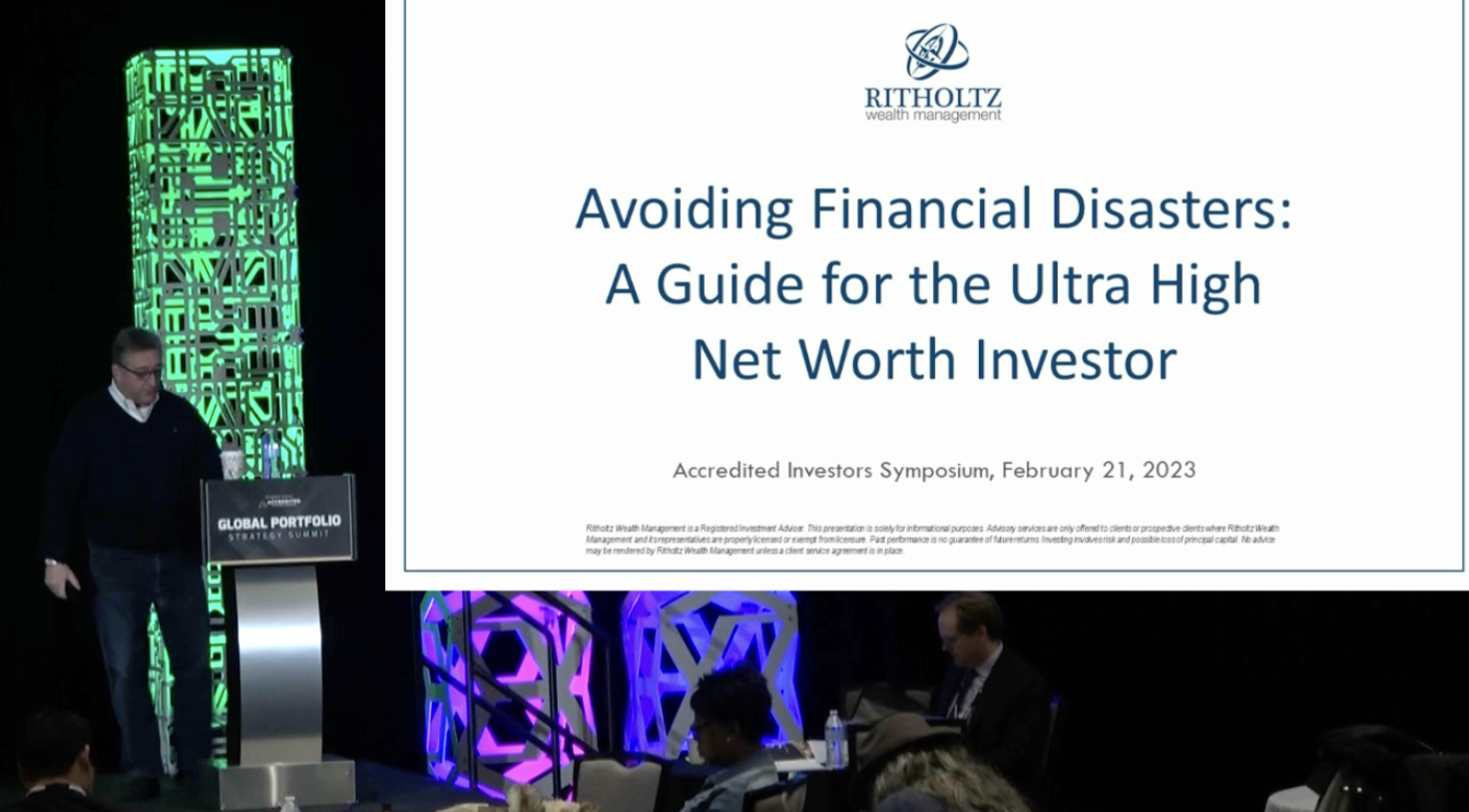Updated on March 1st, 2023 by Aristofanis Papadatos
Income investors looking to buy oil and gas stocks may want to gain exposure to the Permian and Haynesville Basins. Permianville Royalty Trust (PVL) is an oil and gas producer with properties in these two oil and gas producing areas.
Permianville was severely hurt by the coronavirus crisis. Due to the collapse in the price of oil caused by the pandemic in 2020, Permianville suspended its dividend for 13 consecutive months, from mid-2020 to mid-2021.
Fortunately for the trust, the prices of oil and gas recovered strongly from the pandemic in 2021 thanks to the massive distribution of vaccines and the immense fiscal stimulus packages offered by most governments. As a result, Permianville reinstated its dividend in August-2021 and thus returned to the group of monthly dividend stocks.
Even better for the trust, the prices of oil and gas rallied to a 13-year high last year thanks to the strict sanctions imposed by western countries on Russia for its invasion in Ukraine. As a result, Permianville achieved an 8-year high distributable cash flow per unit last year.
There are 50 monthly dividend stocks. You can see the full list of monthly dividend stocks (plus important financial metrics such as payout ratios and dividend yields) by clicking on the link below:
Based on its dividend payments in the last 12 months, Permianville is offering an 18.0% dividend yield. However, due to the 13-year high prices of oil and gas last year, this yield may be somewhat misleading. Based on its latest monthly dividend payment, Permianville is offering a 9.0% dividend yield. It could thus be appealing to income-oriented investors.
Nevertheless, investors should remember that oil and gas royalty trusts are especially risky, which is why only investors with a high risk tolerance should consider purchasing Permianville.
Business Overview
Permianville Royalty Trust is a statutory trust that was formed in 2011 to own a net profits interest representing the right to receive 80% of the net profits from the sale of oil and natural gas production from properties in Texas, Louisiana, and New Mexico as well as the Permian and Haynesville basins.
The trust has the right to receive 80% of the net profits from the sale of oil and natural gas production from its properties. Each month, after all obligations and expenses are paid, unitholders receive the remaining proceeds. The trust is not subject to any preset termination provisions.
However, the trust could dissolve if at least 75% of outstanding units vote in favor of dissolution, or the annual cash proceeds received by the trust are less than $2 million for each of any two consecutive years.
Permianville came under great pressure in 2020 due to the coronavirus crisis. Fortunately, the trust recovered strongly from the pandemic in 2021, along with the broader energy market.
Even better for the trust, due to the sanctions imposed by the U.S. and Europe on Russia for its invasion in Ukraine, the global oil and gas markets became extremely tight last year. Before the sanctions, Russia was producing about 10% of global oil output and one-third of natural gas consumed in Europe. Due to the sanctions, the prices of oil and gas rallied to 13-year highs in 2022. Thanks to this tailwind, Permianville offered an 8-year high annual distribution of $0.44 in 2022. At the current stock price, this distribution corresponds to a 17.6% yield.
However, the global energy market has somewhat absorbed the impact of the Ukrainian crisis. As a result, the prices of oil and gas have fallen below their level just before the onset of the Ukrainian crisis. Due to the correction of oil and gas prices, Permianville cut its monthly distribution by 66% this month. The new monthly distribution corresponds to a 9.0% annualized yield.
Growth Prospects
Royalty trusts are designed as income vehicles for unitholders. But since these companies operate in the production segment of the energy industry, they are extremely reliant on the price of the underlying commodity.
Therefore, while higher energy prices will lead to higher royalty payments and a rising share price, the opposite occurs when commodity prices decline. Lower energy prices lead to lower dividend payments and a dropping share price for royalty trusts.
Distributions are based on the price of natural gas and crude oil. Permianville is impacted in two ways when the price of either declines.
First, distributable income from royalties is reduced, lowering dividend payments. In addition, plans for exploration and development may be delayed or canceled, which could lead to future dividend cuts.
Permianville currently enjoys a favorable business environment thanks to the sanctions of western countries on Russia and the tight production quotas of OPEC. However, it is prudent to expect oil and gas prices, which are infamous for their dramatic cycles, to deflate in the long run.
Due to the global energy crisis caused by the war in Ukraine last year, a record number of renewable energy projects is under development right now. When all these projects come online, they will probably take their toll on the prices of oil and gas. In such a case, Permianville is likely to have significant downside risk.
Dividend Analysis
Permianville suspended its distribution in July 2020 due to the coronavirus pandemic, which had an extremely negative impact on the prices of oil and gas. Commodity prices plunged in 2020, leading many oil and gas royalty trusts to suspend their payouts.
Most royalty trusts, such as Permian Basin Royalty Trust and Sabine Royalty Trust, resumed paying dividends after a few months. However, Permianville suspended its dividend for 13 consecutive months. That marked the longest absence of dividend payments among the well-known oil and gas trusts.
On the bright side, thanks to high oil and gas prices prevailing right now, Permianville is currently offering a high dividend yield. Based on its latest monthly dividend, the stock is offering a 9.0% annualized dividend yield.
Overall, the trust is ideal for those who are confident in higher future oil prices and want to gain exposure to the oil boom in the Permian and Haynesville basins. The trust is much more leveraged to the price of oil than the integrated oil companies and hence it has much more upside in the positive scenario (higher oil and gas prices) and much more downside in the event of a downturn in the energy sector.
On the other hand, just like the other oil and gas royalty trusts, Permianville will have excessive downside risk whenever the prices of oil and gas enter their next downcycle. The trust will reduce its dividends while its stock price will come under great pressure. It is thus suitable only for risk-loving investors who are confident in excessive oil and gas prices in the future.
Final Thoughts
Royalty trusts like Permianville have faced a number of challenges in the past few years, including the weak oil price environment and the coronavirus pandemic, which suppressed global oil demand. With that said, Permianville operates in the most prolific oil producing area in the U.S., the Permian and Haynesville basins. It also thrives right now thanks to elevated oil and gas prices, which have resulted from the sanctions of western countries on Russia.
The current business environment is favorable for Permianville but we expect another downturn in the energy sector to show up in the upcoming years due to the cyclical nature of the oil and gas industry and the record number of clean energy projects that are under development right now. Due to the non-diversified business model of the trust and its dramatic reliance on the price of oil and gas, investors should not allocate a great portion of their portfolio on this stock.
Moreover, the trust’s short history leaves much to be desired for investors seeking reasonable levels of dividend safety and consistency.
If you are interested in finding more high-quality dividend growth stocks suitable for long-term investment, the following Sure Dividend databases will be useful:
The major domestic stock market indices are another solid resource for finding investment ideas. Sure Dividend compiles the following stock market databases and updates them monthly:
Thanks for reading this article. Please send any feedback, corrections, or questions to [email protected].
Thanks for reading this article. Please send any feedback, corrections, or questions to [email protected].















